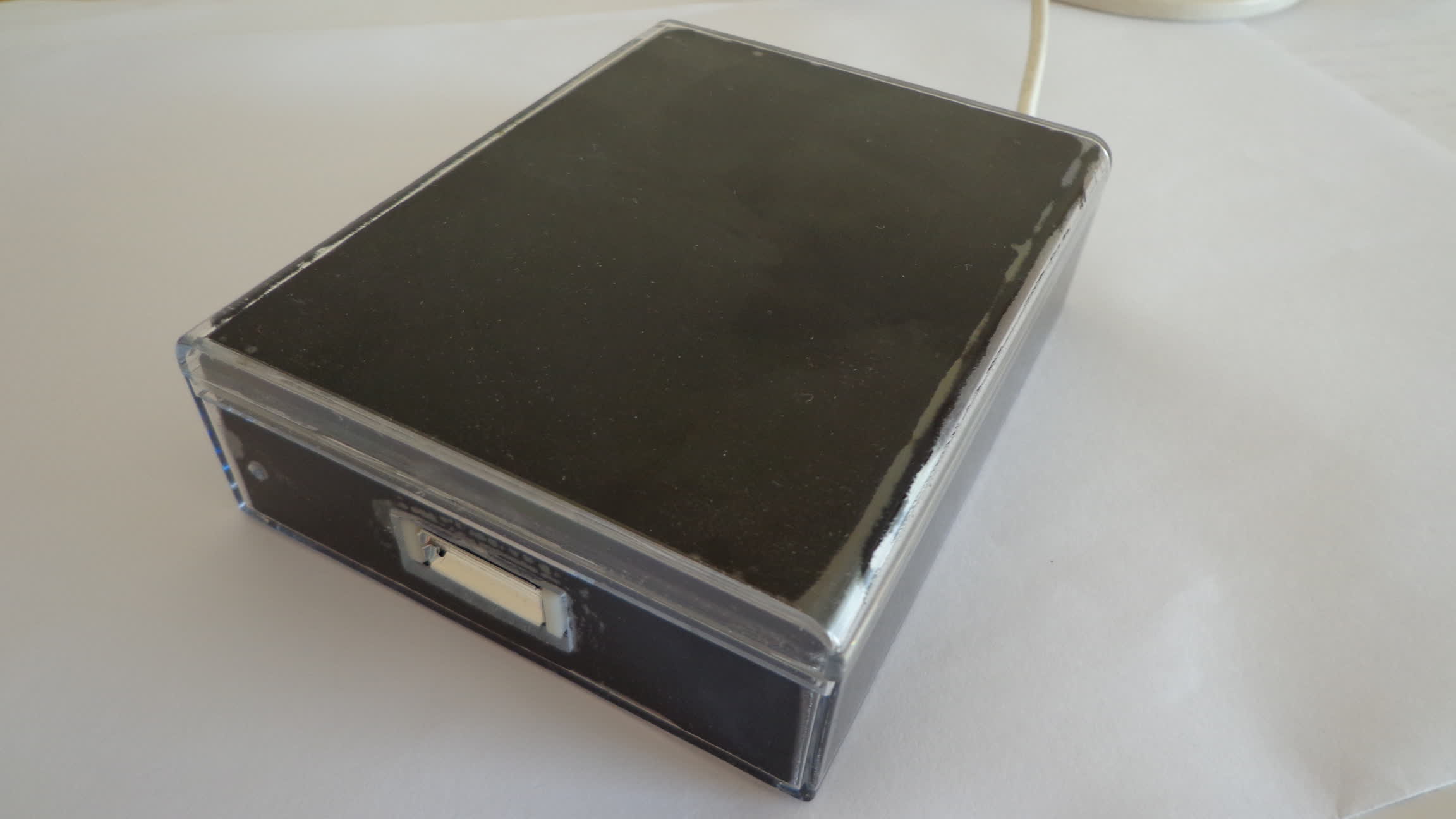Stroboscope - 2015
A xenon Flashtube is commonly used as a source of a short burst of wide-spectrum white light. They can be found in most digital cameras, and that is exactly where I've salvaged mine from.
These Flashtubes require about 250V to operate, so a digital camera has to charge up a high-voltage capacitor to produce a flash, and charging it from a low voltage battery takes a while. By using a mains voltage to charge the capacitor instead of using a battery, the charging time gets greatly reduced up to a point where it is possible to build a stroboscope.
As the following "high-quality" picture of a schematic diagram shows, the 400V high voltage capacitor is charged directly from 230V mains voltage. After the bridge rectifier, there is about a 100R resistor in the path to limit the inrush current. The Flashtube is connected directly to the capacitor, and even though the capacitor gets charged to about 320V, it is not enough to trigger a flash. It has to be exited by a pulse of even higher voltage, which is created in a small transformer taken from the same digital camera. The transformer is controlled by an Attiny13 microcontroller that sets the timing of flash pulses. It also contains a built-in microphone which I've hoped to be able to use for synchronizing the flashes with surrounding music by thresholding the audio volume. Unfortunately, I could not get it to work in a satisfactory way, and probably a better algorithm than just thresholding would have to be used (but I have not dug deeper into it).

The circuit was fitted inside a plastic box to ensure at least some protection against the mains voltage. You can see the two 220R (~100R together) resistors that dissipate the inrush current into the high-voltage capacitor. You can also see the small yellow high-voltage transformer that triggers the flash, a potentiometer that sets the timing (frequency), and the microcontroller that does the brainy stuff.

One problem that I've overlooked is the power dissipation of the Flashtube itself. After some time (particularly with higher flashing frequencies), it gets pretty hot and I have to lower the frequency or turn the stroboscope off. Some active cooling might be necessary to prolong the operation at higher frequencies.


I've also built a small battery-powered version with a high-voltage generator inside. It takes roughly 30 seconds to charge the capacitor when powered by a single cell lithium battery, so it can not be called a stroboscope by any means, but it can still be used for occasional flashes.

Copyright © 2023 Jiri Stepanovsky. All Rights Reserved.